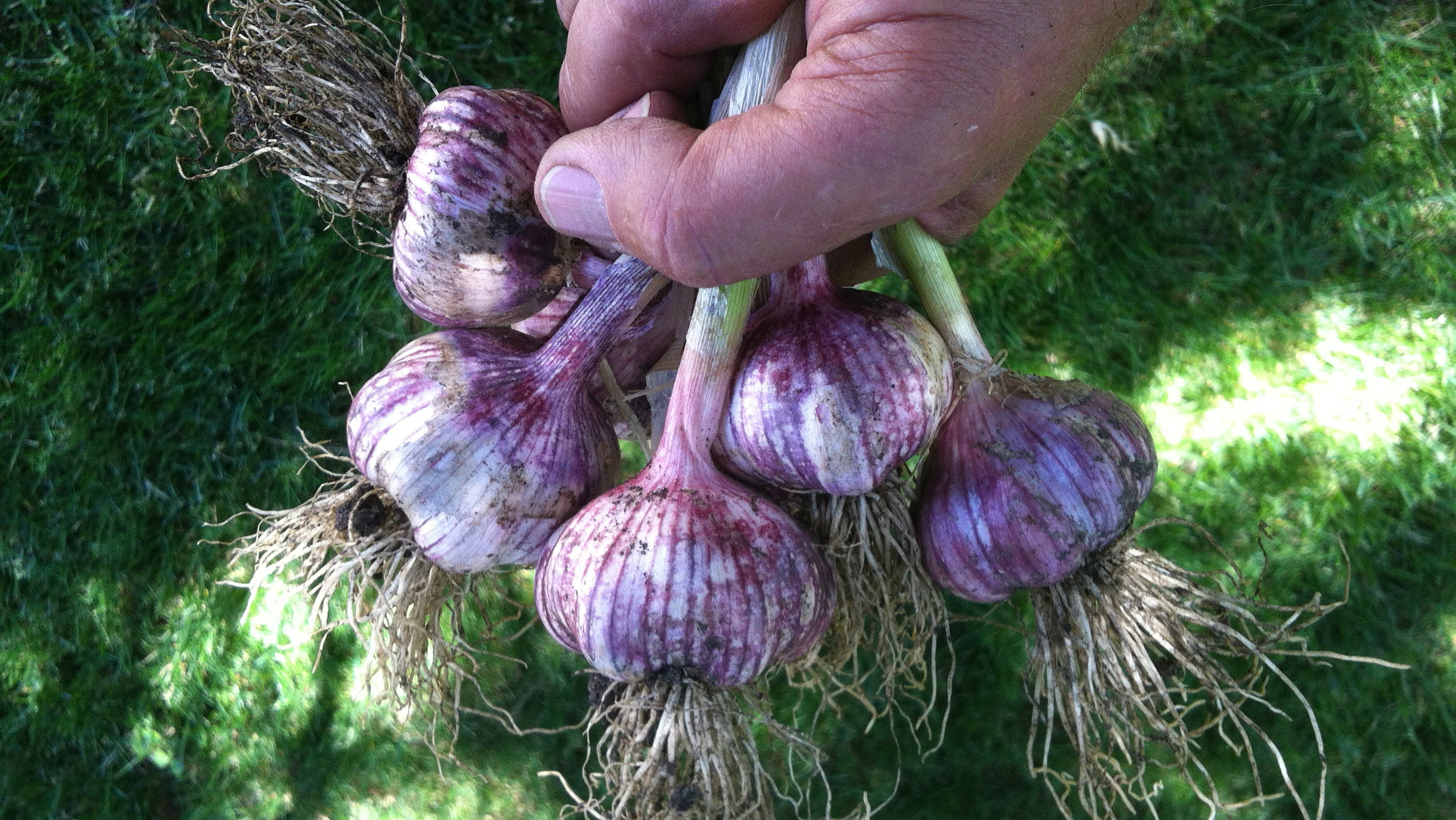
This week's rain may have you dreaming of ripe tomatoes, rows of lettuce and fresh herbs in your garden. To get ready for the season, Colorado Matters host Ryan Warner spoke with Larry Stebbins, director of Pikes Peak Urban Gardens in Colorado Springs and author of "The Backyard Vegetable Gardening Guide: A Monthly Primer for the Organic Gardener in the Colorado Front Range and Beyond."
Here are five tips from Stebbins:
1) Don't Overcrowd Your Garden
"Many people, for example, think that if they have a four-by-eight [foot] garden bed, that that can fit maybe 10 tomato plants,” Stebbins said. “We show them that fits about two.” 
Nevertheless, a 20-foot by 20-foot plot should produce enough vegetables, if well planned, for one or two people to have enough fresh produce to eat all year long, he said.
2) Be Patient
Stebbins said even though we're seeing some warm days and welcome rain in the Denver area, a cold snap last year should remain fresh in a responsible gardener's mind.
"In the first week in May we had some bitter cold weather that really set a lot of us back and we weren't expecting that. So you know I'm telling people to be optimistic but plan for mother nature taking a twist," he said.
If you do plant now, Stebbins said to try covering your plants with a milk carton with the bottom cut out. That will help protect them from the cold. Some commercial options for protecting your early season plants exist too.
3) If You *Must* Plant Something Now, Try Lettuce Or Potatoes
"If you eat the leaf or eat the root, those are the things you can get in right now," Stebbins said. "Things like spinach especially and field greens."
That said, Stebbins warned that some types of lettuce aren't very frost-resistant. The solution: Buy a variety of seeds.
"The dark colored leafy ones tend to survive very good," he said. "The ones that died are more like the iceberg type, which we don't plant too much of around here. They're a little less hardy."
As for tubers, Stebbins said now's the time. "Get 'em down about three inches in the soil and cover 'em up and you should be good to go."
4) Get Your Soil In Planting Shape
Fall is the best time to get soil ready for the spring plant. But if you didn't do that back during football season, Stebbins said to skip animal manure. It won't have time to break down properly. Instead, use organic, vegetable-based fertilizer like Yum Yum Mix, which contains things like alfalfa meal and cottonseed meal.
"These all break down fairly quickly and give your plants a little boost. And it also gets the soil a little more friable, a little more crumbly," Stebbins said.
5) How The Marijuana Industry Helped Other Types Of Indoor Gardening
With the legalization of marijuana and the rise of indoor grow facilities, a lot of money has been poured into research to make technology better. Many grows use expensive LED bulbs, but Stebbins recommended the T5HO fluorescent bulb.
"It's efficient enough and very affordable," he said. "You can buy them at your local big box store for $100 for a four-lightbulb, four-fixture set."
For more tips, check out previous interviews with Stebbins on Colorado Matters:









